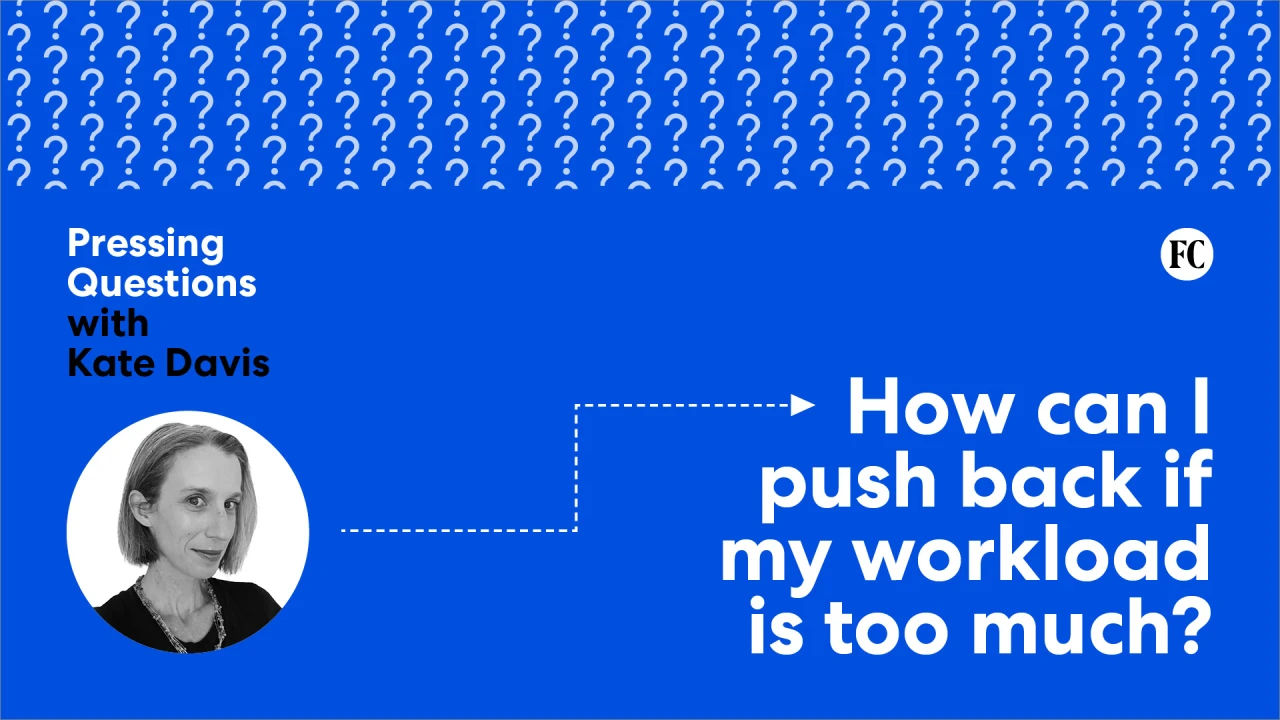Publishing Your First Book as an Entrepreneur: A Complete Guide to Success

Key Takeaways

- Establish Authority: Publishing your first book helps position you as a thought leader in your niche, enhancing your credibility and trust among potential clients and partners.
- Identify Your Audience: Knowing your target audience is crucial for tailoring your content to address their specific challenges, ensuring your insights resonate and add value.
- Choose Your Publishing Path: Understand the differences between traditional, self-publishing, and hybrid publishing to select the best option that aligns with your goals and offers the control you desire.
- Implement a Marketing Strategy: A robust marketing plan, including social media promotion and a pre-launch strategy, is vital to generate buzz and ensure your book reaches a wider audience.
- Overcome Challenges: Tackle common hurdles such as writer’s block and time management by setting clear objectives, breaking tasks into manageable sections, and seeking feedback from peers.
As an entrepreneur, you’ve got a wealth of knowledge and experience to share. Publishing your first book can be a powerful way to establish your authority and connect with your audience on a deeper level. It’s not just about sharing insights; it’s about creating a lasting impact in your industry.
But where do you start? The journey from idea to published book can feel overwhelming. With the right guidance, you can navigate the process smoothly and turn your vision into reality. Whether you’re looking to boost your brand or inspire others, writing a book is a bold step that can elevate your entrepreneurial journey. Let’s dive into the essentials of getting your first book published and making your voice heard.
Understanding the Importance of Publishing

Publishing your first book establishes credibility and influence in your field. It serves as a powerful asset for small business owners, enhancing your visibility and connecting you with your target audience.
Establishing Authority in Your Niche
Establishing authority occurs when you position yourself as a thought leader. A book showcases your expertise, provides valuable insights, and demonstrates your commitment to your niche. With every chapter, you share industry knowledge, discuss techniques, and outline trends. This authority can translate into increased trust from potential clients and partners, improving your business relationships. For instance, sharing insights on digital transformation or cloud computing positions you as a resource for small businesses seeking technological advancements.
Expanding Your Reach and Audience
Expanding your audience can significantly influence your business growth. A well-published book reaches readers beyond your immediate network. It attracts customers who seek solutions that align with your offerings, such as business software or productivity tools. By focusing on topics like e-commerce platforms or business automation, your book can connect with entrepreneurs looking for insights on technology solutions. Consider utilizing social media tools to promote your book, encouraging digital marketing strategies that increase visibility and engagement, which can lead to greater audience expansion and interaction.
Preparing for Publication

Preparing for publication requires a strategic approach to ensure your book resonates with your intended audience. Understanding the key steps can streamline the process and enhance your impact.
Identifying Your Target Audience
Identifying your target audience is essential for effectively communicating your message. Understand who your readers are and the challenges they face within their businesses. Utilize surveys or casual conversations to gather insights. By tailoring your content to address specific pain points, you can provide relevant solutions that engage your readers. Knowing your audience helps in crafting a book that not only informs but also connects, making your insights on small business technology or digital tools particularly beneficial for readers seeking business automation or tech solutions.
Crafting Your Unique Message
Crafting a unique message ensures your book stands out in the marketplace. Recognize the aspects that differentiate you from others in your field. Highlight your expertise in areas such as business automation, cloud computing, or cybersecurity measures. Ensure your book has a clear structure and flow by employing a developmental editor, which can enhance the reader’s experience. Consider incorporating other perspectives, such as guest chapters or case studies related to technology adoption or digital transformation. A central theme should tie your content together, aligning with your purpose and resonating with the audience searching for insights on tech trends or business software.
The Publishing Process

Understanding the publishing process is essential for entrepreneurs looking to publish their first book. This journey involves several key steps.
Traditional vs. Self-Publishing
- Traditional Publishing: Finding and pitching to established publishers can be competitive. Publishers handle the entire publishing process, offering advantages like wider distribution and access to experienced networks. They typically provide editing, design, and marketing support, which can be beneficial for small business owners. However, you may face limitations on content control and profit sharing.
- Self-Publishing: Taking the reins in self-publishing allows you to manage every aspect of the process. Platforms like Amazon Kindle Direct Publishing (KDP) make it easy to publish your book. You retain control over content and profits, achieving a faster time-to-market. Yet, you must cover all associated costs, including editing and design, requiring a clear understanding of budgeting for publishing expenses.
- Hybrid Publishing: This approach combines elements of both traditional and self-publishing. You work with a team that provides guidance and support while retaining control over your project. This can be a smart choice if you want the backing of experts without sacrificing your vision or profits.
Choosing the Right Publishing Platform
Selecting the ideal publishing platform is crucial. Researching your options helps ensure your book reaches the right audience.
- Traditional Publishing Platforms: Pitching to established publishers relevant to your genre is essential. Access to industry contacts and marketing expertise increases your book’s visibility, enhancing reach and authority in the marketplace.
- Self-Publishing Platforms: Using platforms like Amazon KDP and Lulu simplifies the process. These platforms offer tools for formatting, cover design, and distribution. Focus on compliance with standards to ensure your book meets professional quality.
- Hybrid Publishing Platforms: Investigate hybrid publishers that offer support in editing, design, and marketing services. Choose those allowing you to retain greater control and profits while providing essential resources to enhance your book’s impact.
Navigating these considerations leads to a more strategic approach in the publishing process, ensuring your book aligns with your business goals and resonates with your target audience.
Marketing Your Book

A well-executed marketing strategy plays a pivotal role in promoting your first book as an entrepreneur. Focus on these crucial elements to ensure your book gets the attention it deserves.
Creating a Pre-Launch Strategy
Establishing a strong pre-launch strategy builds anticipation around your book. Create buzz by sharing updates, writing snippets, and insights into your process. Leverage platforms like Instagram and Snapchat to visually connect with your audience. Prepare a content calendar to maintain a steady flow of posts, covering highlights such as cover reveals and production milestones. Engage your author network through promotional swaps, allowing others to share your upcoming book with their followers. Announce any pre-launch discounts to incentivize early purchases and drive engagement.
Utilizing Social Media for Promotion
Using social media effectively ensures your marketing efforts resonate with your target audience. Maintain a consistent voice across platforms to strengthen your brand identity. Plan your posts with a content calendar to keep followers engaged. Prioritize visually appealing content by incorporating images, graphics, and videos. This strategy appeals to readers’ diverse preferences, particularly on visual platforms like Instagram and Facebook. Host contests to entice your audience; you can offer signed copies or exclusive content for participation. Utilize live video streaming for Q&A sessions or book launches, fostering excitement and direct interaction with readers. Implement popular hashtags to broaden your reach and bolster visibility, generating buzz around your book’s launch.
Overcoming Common Challenges

Publishing your first book as an entrepreneur brings unique challenges. Addressing these hurdles efficiently boosts your chances for a successful release.
Dealing with Writer’s Block
Writer’s block can hinder your progress, especially when managing multiple responsibilities. To combat this, structure your content clearly. Define your audience, their challenges, and identify the unique insights your book offers. Break your writing into manageable sections, focusing on topics related to small business technology and automation practices. This approach helps maintain momentum. Engage beta readers or writing groups for feedback. Fresh perspectives can inspire new ideas and increase creativity, making writing easier.
Managing Time Effectively
Time management proves essential for first-time authors balancing business tasks. Schedule dedicated writing blocks during your day. Early mornings or lunch breaks might work well. Utilize productivity tools, like calendars and task management software, to keep tasks organized. Set specific writing goals and deadlines for yourself, ensuring consistent progress. While you write, consider preparing for publication by outlining steps for editing, marketing, and distribution. Integrating digital marketing strategies, such as leveraging social media tools, can promote your book effectively. Balancing these responsibilities efficiently leads to a smoother transition from writing to publication.
Conclusion

Publishing your first book is more than just a milestone; it’s an opportunity to elevate your entrepreneurial journey. By sharing your insights and expertise, you not only establish authority but also connect with your audience on a deeper level.
Embrace the challenges of the publishing process with confidence. With the right strategies and support, you can navigate this path successfully. Remember to leverage marketing tools and engage with your readers to maximize your book’s impact.
Taking this bold step can open doors to new opportunities and inspire others along the way. So go ahead and start writing; your story deserves to be told.
Frequently Asked Questions

What are the benefits of publishing a book as an entrepreneur?
Publishing a book helps establish authority and credibility in your field. It deepens connections with your audience, showcases your expertise, and positions you as a thought leader. A well-published book can attract readers outside your immediate network, aiding business growth.
How can I prepare for the publication of my first book?
Preparation involves identifying your target audience and understanding their challenges. Conduct surveys to gather insights. Tailor your content to address these pain points and craft a unique message that stands out. Consider hiring a developmental editor for better structure and flow.
What are the different publishing options available?
Publishing options include traditional publishing, which provides professional support but less control, and self-publishing, offering full autonomy but requiring authors to manage all aspects. Hybrid publishing combines both, allowing for expert support while retaining author control over the project.
How important is marketing for my published book?
Marketing is crucial for promoting your book. A well-executed strategy creates anticipation and engages your audience. Utilize social media platforms, maintain a content calendar, and interact with readers through contests and Q&A sessions to enhance visibility and excitement.
What common challenges do first-time authors face, and how can I overcome them?
First-time authors often encounter writer’s block and time management issues. Overcome these by breaking your writing into manageable sections and scheduling dedicated writing blocks. Engage beta readers for feedback and utilize productivity tools to stay organized and focused.
Image Via Envato
This article, "Publishing Your First Book as an Entrepreneur: A Complete Guide to Success" was first published on Small Business Trends
What's Your Reaction?
 Like
0
Like
0
 Dislike
0
Dislike
0
 Love
0
Love
0
 Funny
0
Funny
0
 Angry
0
Angry
0
 Sad
0
Sad
0
 Wow
0
Wow
0





























































































